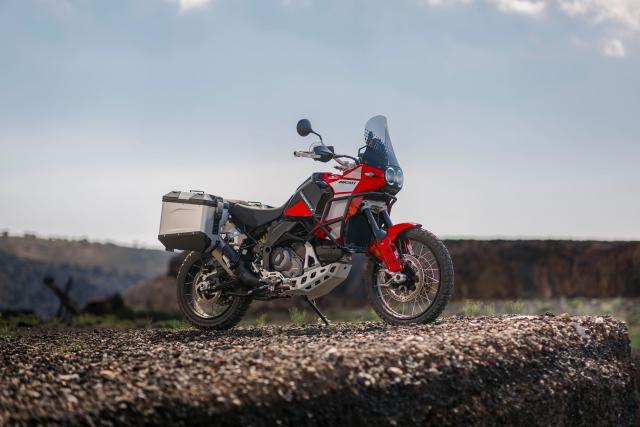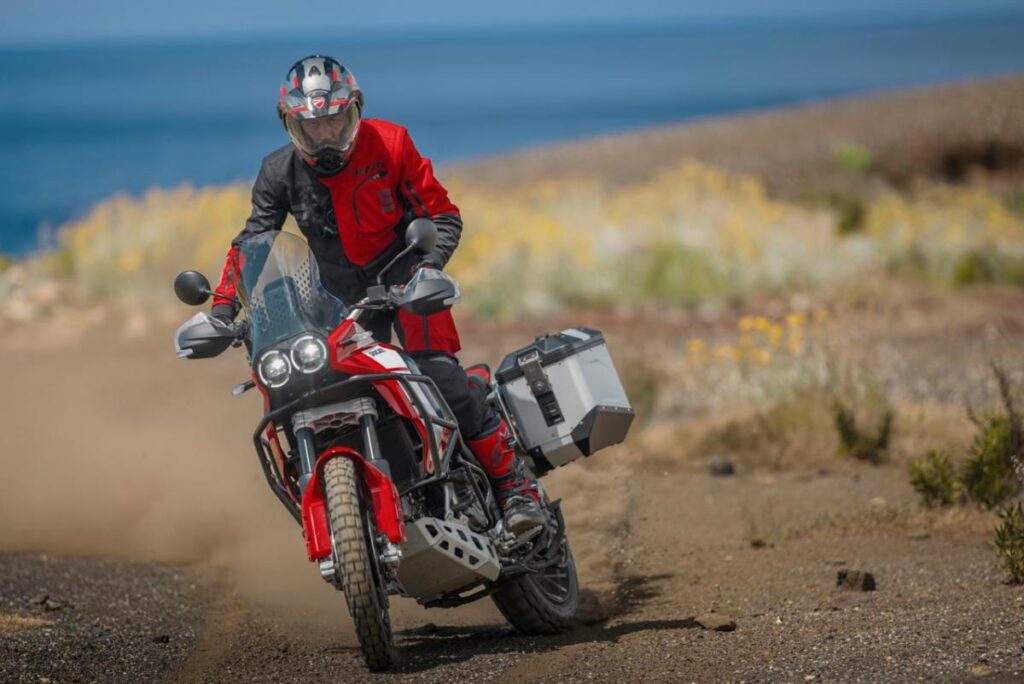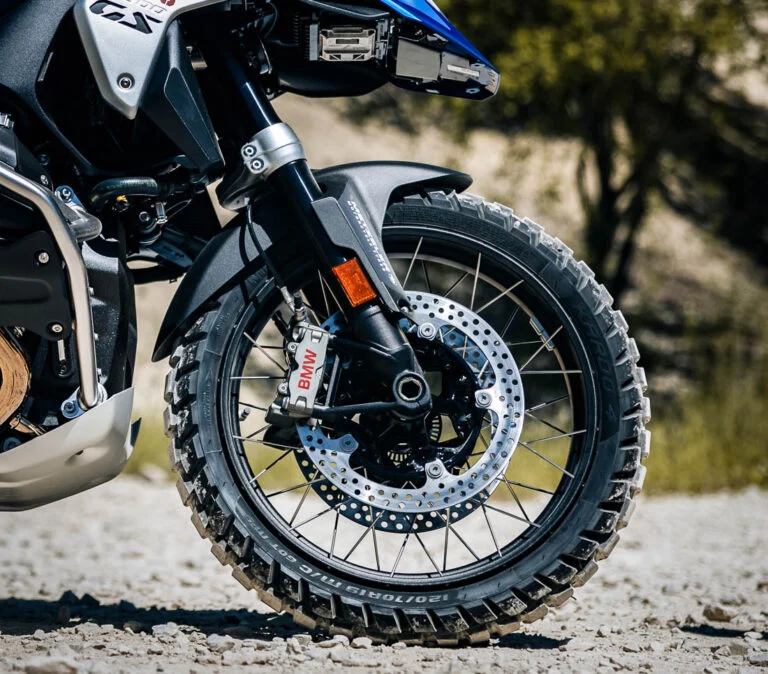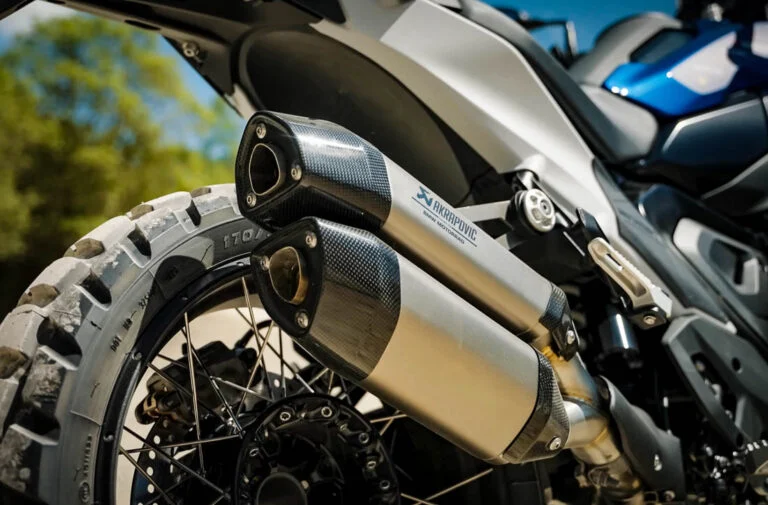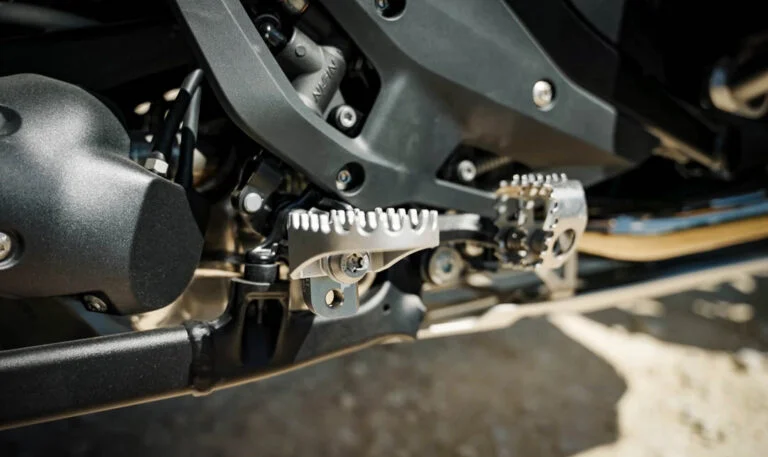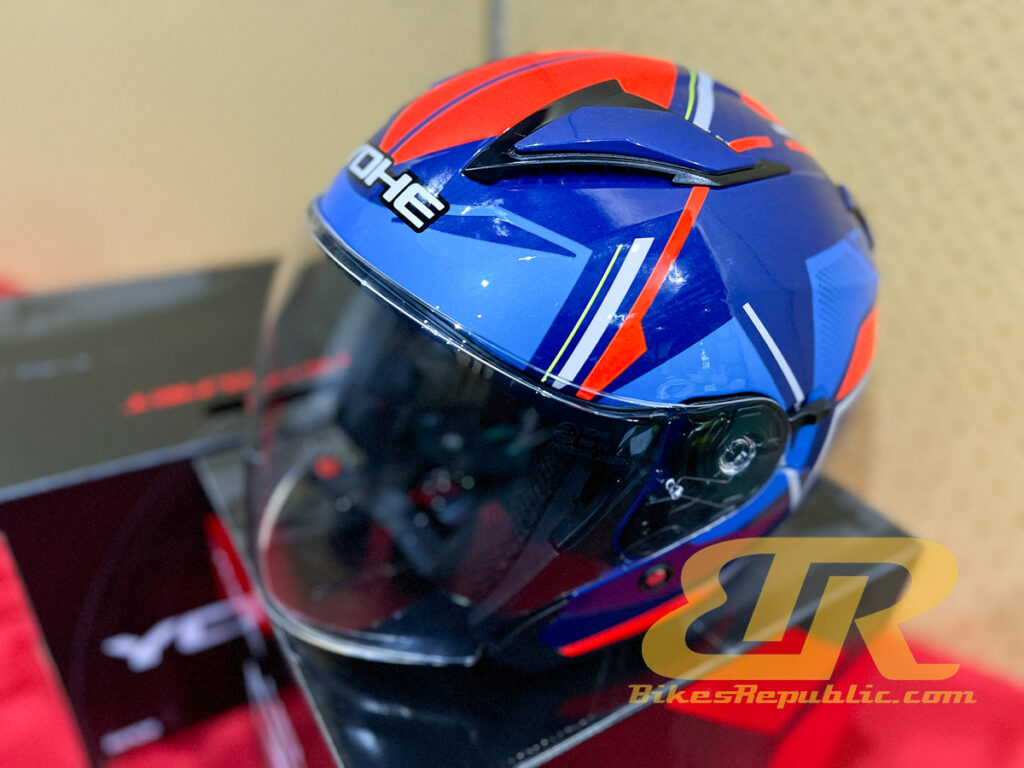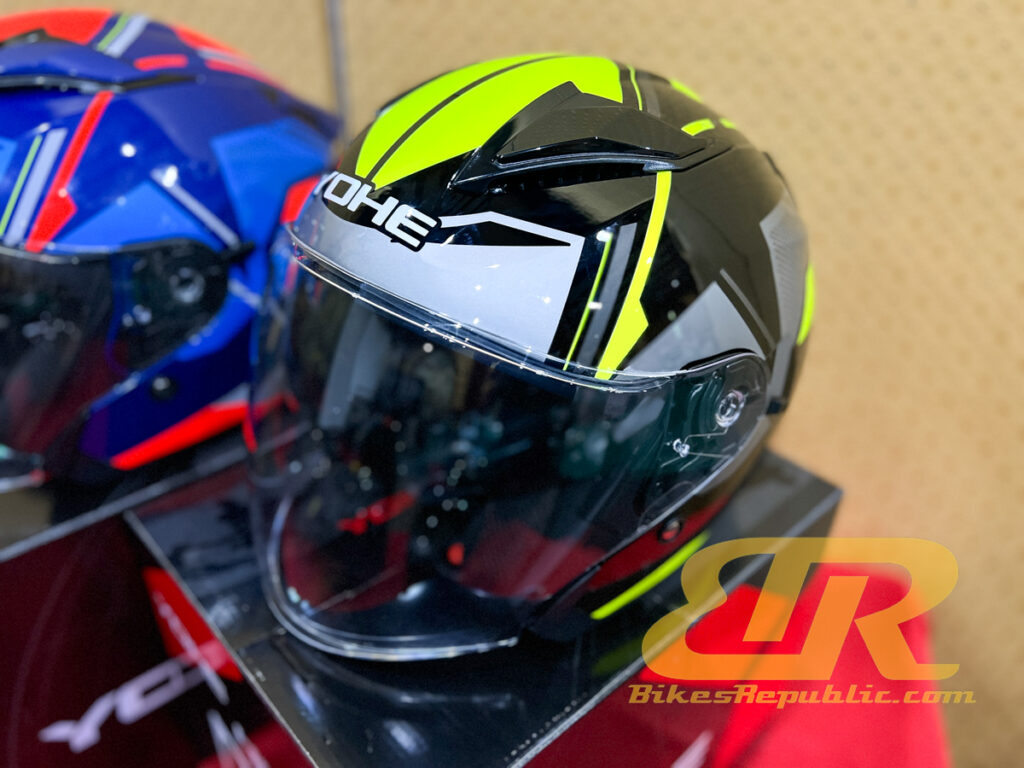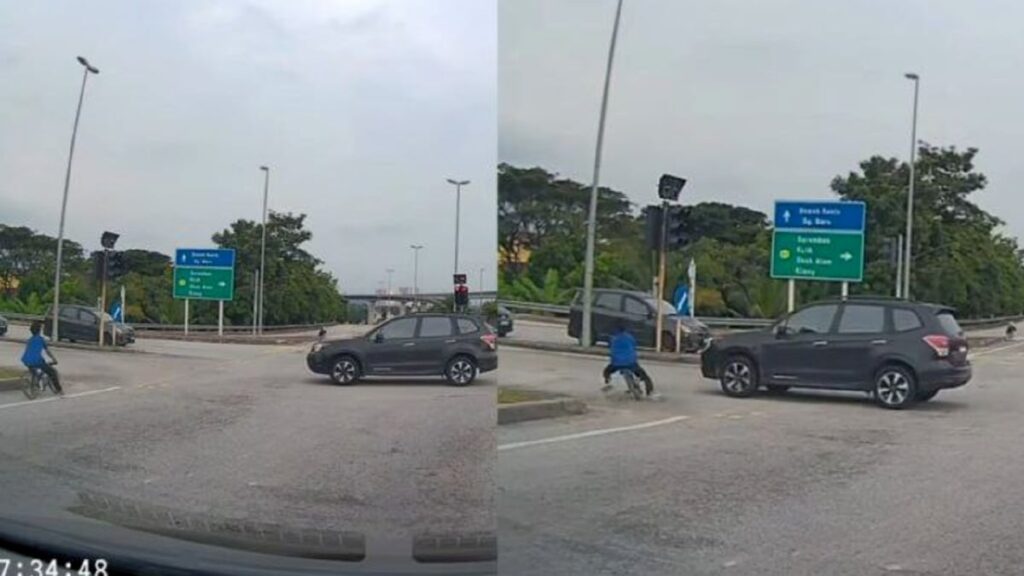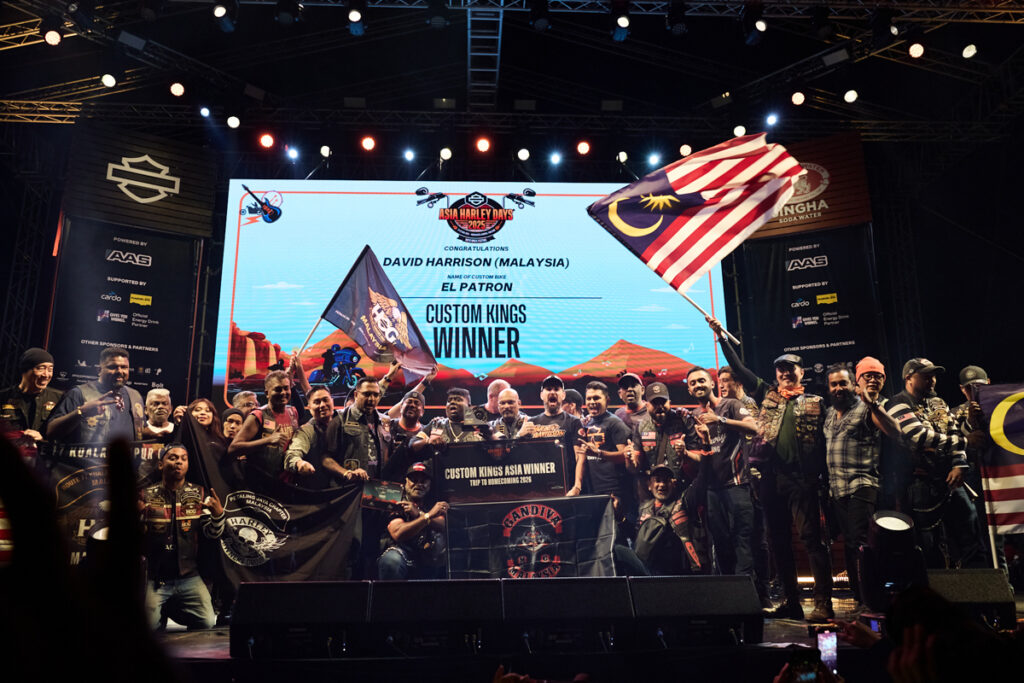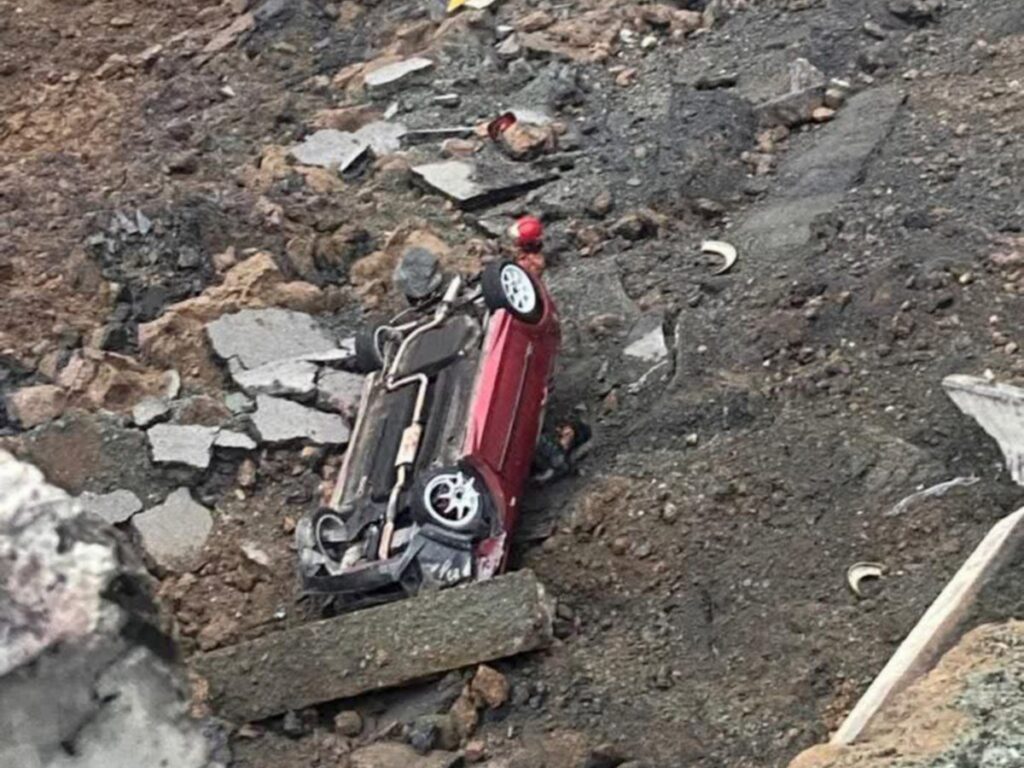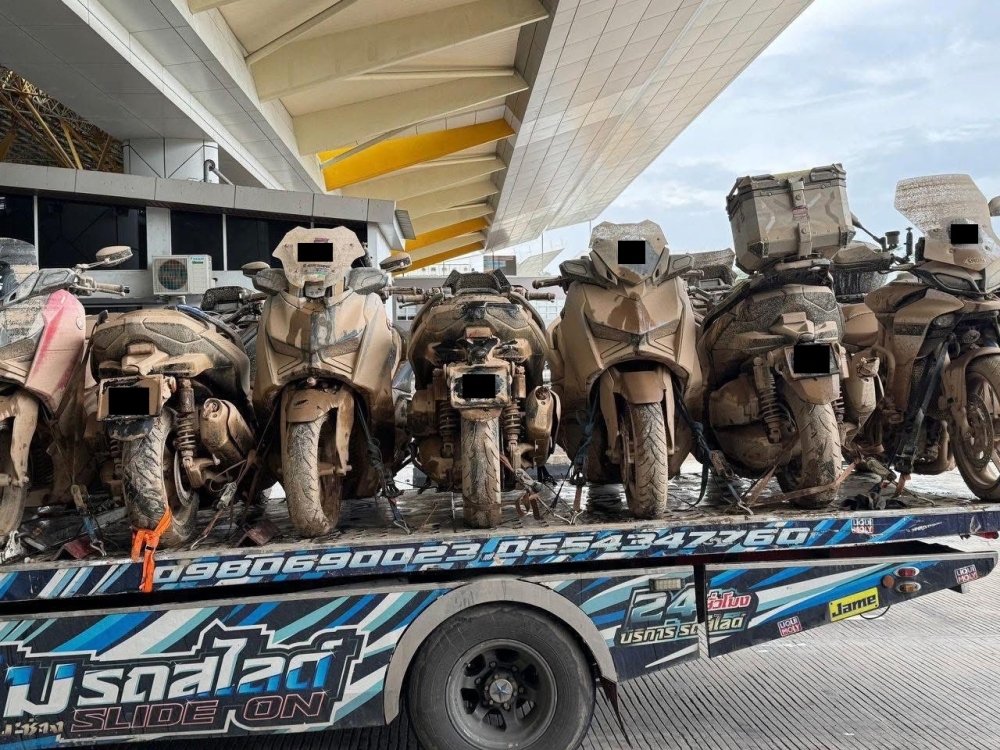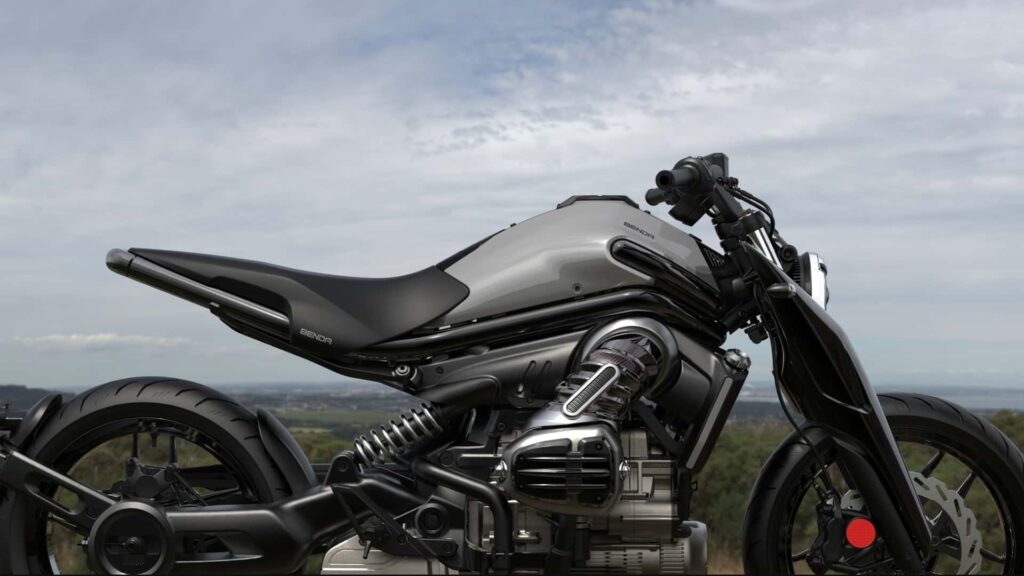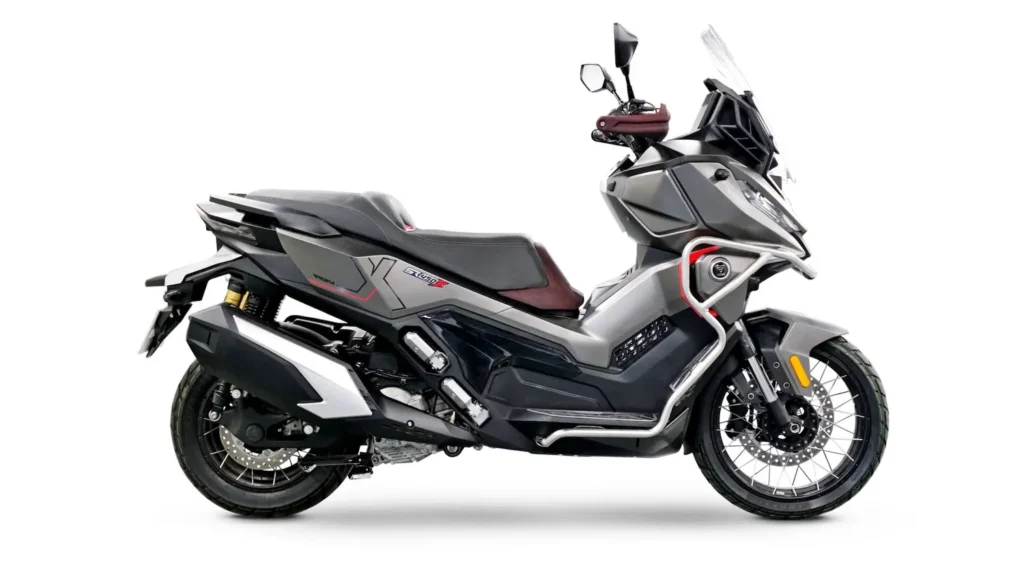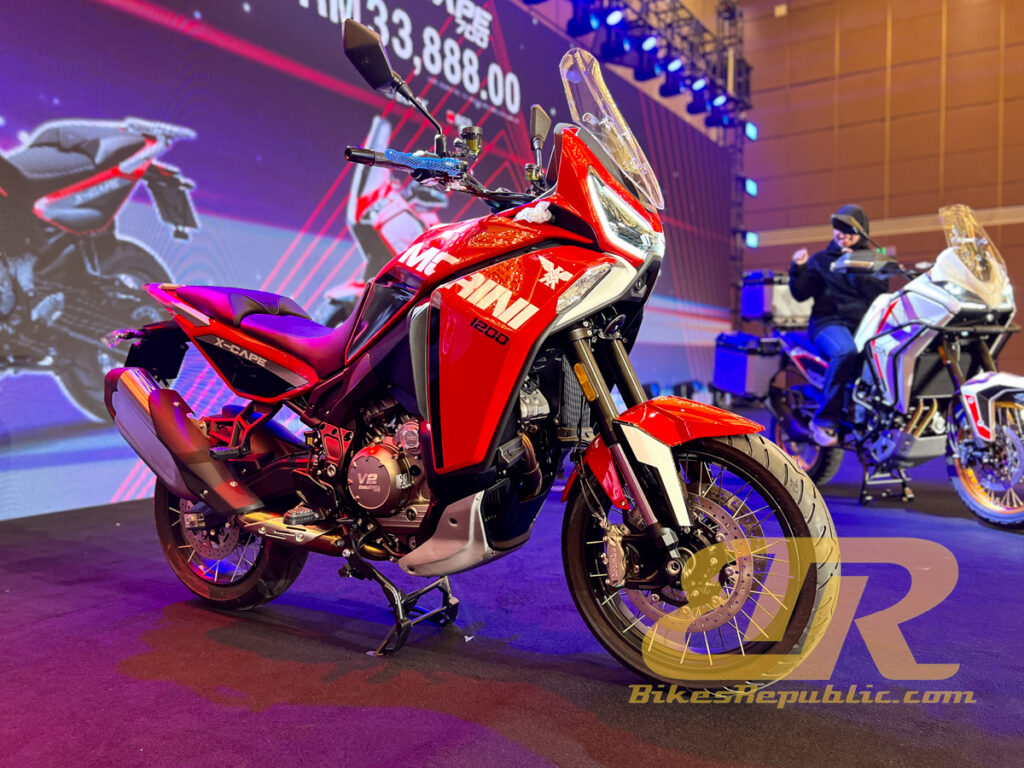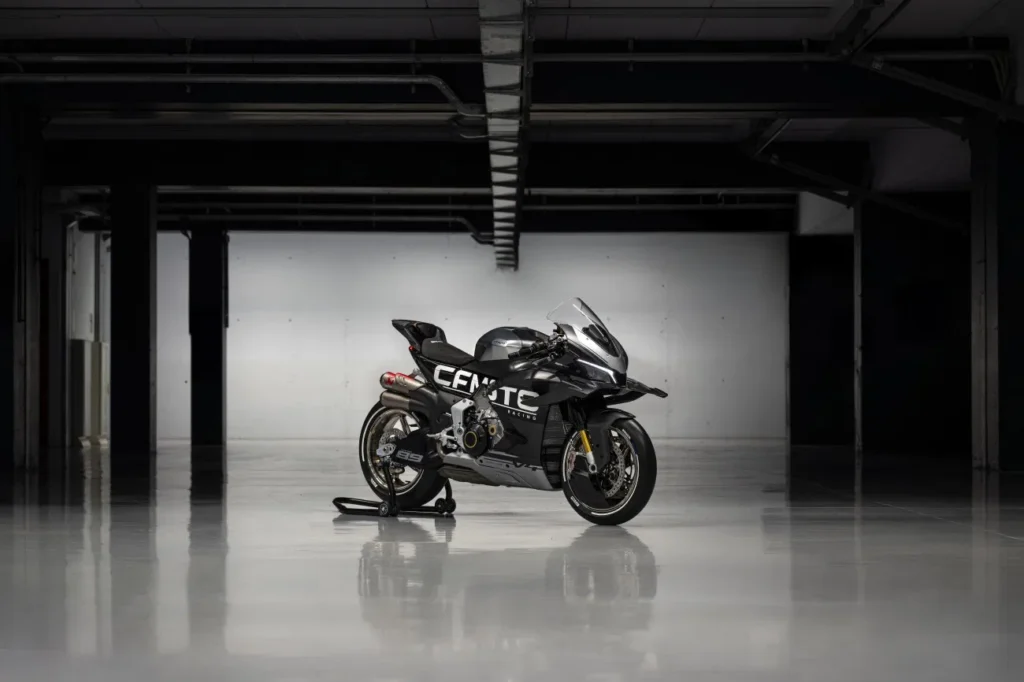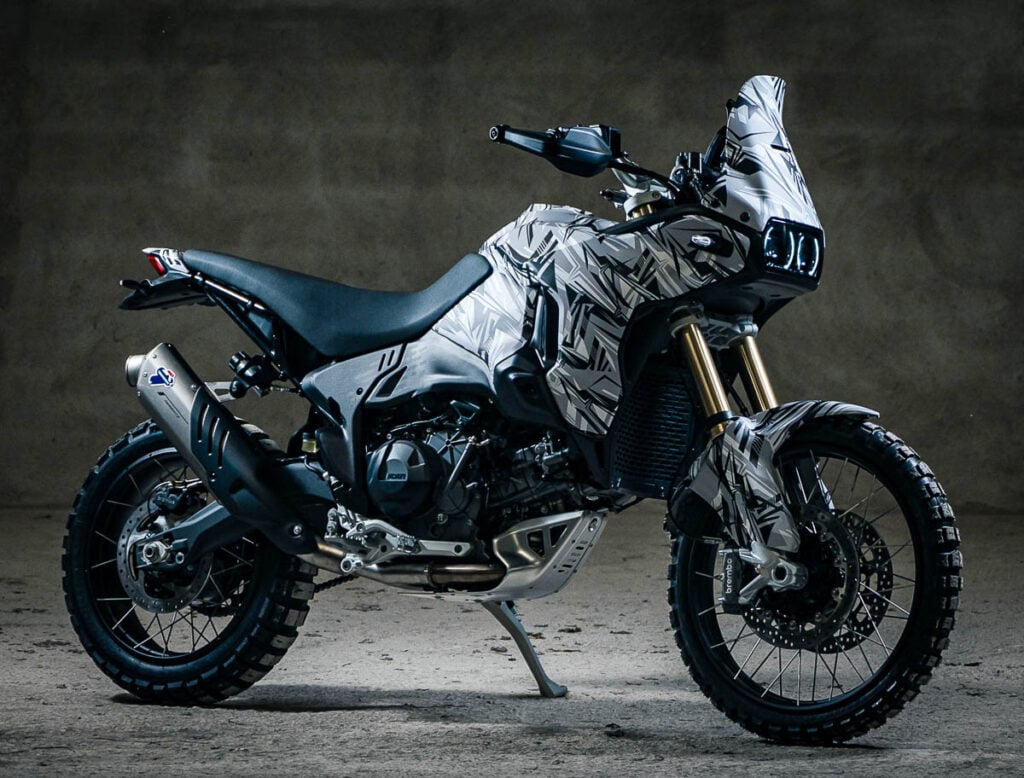The recent Panigale Kingdom Mega Gathering 2024 set a new record.
It was momentous occasion when over 310 Ducati Panigale owners and their motorcycles gathered for the event. Safe to say, it beat the previous record of 150 Panigales set in 2011, earning the event a place in the Malaysia Book of Records.
The Panigale Kingdom Mega Gathering 2024 event began at the Ducati KL showroom, before the convoy was flagged off, and subsequently headed to the Nilai Spring for the celebrations. The entire event and convoy highlighted the camaraderie and unity of the Panigale community.
Several luminaries attended the event including MotoGP, WSBK and ARRC hero Hafizh Syahrin; Siddhartha Varma, the Marketing Director Asia Pacific, Ducati Motor Thailand; and Dennis Michael, COO of Ducati Malaysia.
Dennis Michael shared, “The Panigale Kingdom Mega Gathering is more than just a world record-breaking event; it’s a celebration of the ‘Malaysia Boleh!’ spirit and the love of Ducati on our shores. We are thrilled to support our local passionate Ducati clubs and their enthusiastic owners, especially when it comes to their love for Ducati, here in Malaysia and also around the world. I would also like to extend a word of appreciation to my colleague Siddhartha for gracing this event and witnessing first-hand the strength of our Ducati Malaysian enthusiasts.”
Siddhartha Varma, added, “The Panigale Kingdom Mega Gathering in Malaysia is a testament to the passion and dedication of our riders. It’s an incredible sight to see so many Panigale motorcycles together, reflecting the unity and enthusiasm that defines the Ducati family.”
All in all, the Panigale Kingdom Mega Gathering 2024 not only set a new world record but also underscored the unwavering commitment and passion of Ducati riders. This historic event showcased the essence of Ducati’s heritage, the spirit of innovation, and the profound sense of community that binds Panigale enthusiasts worldwide.









